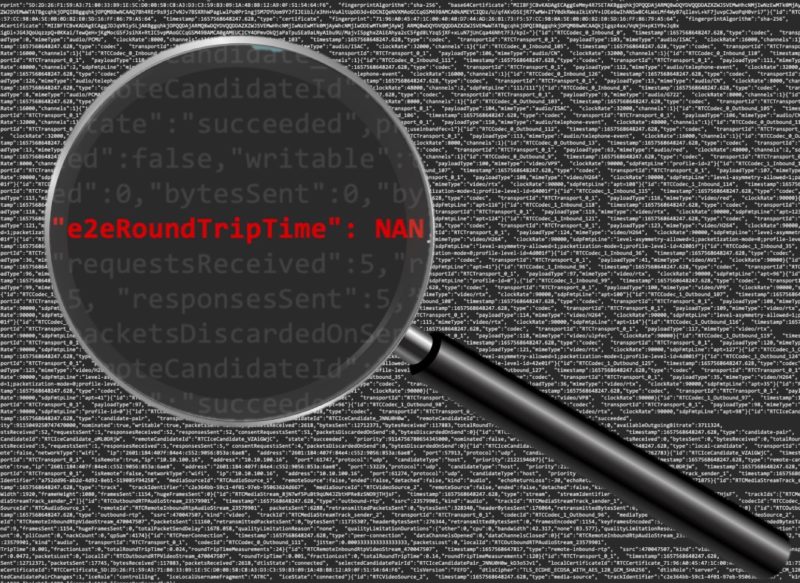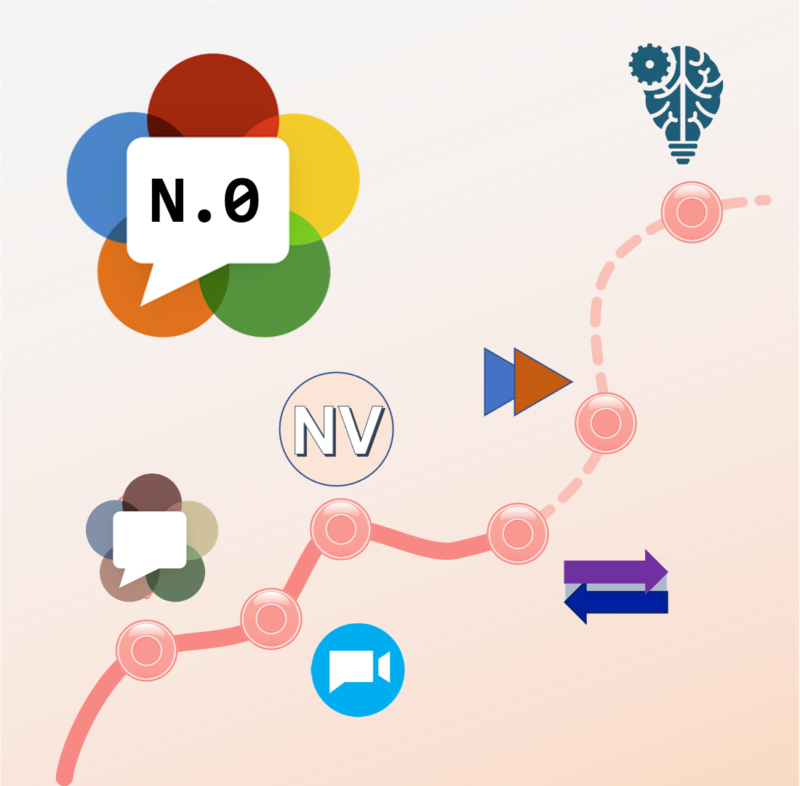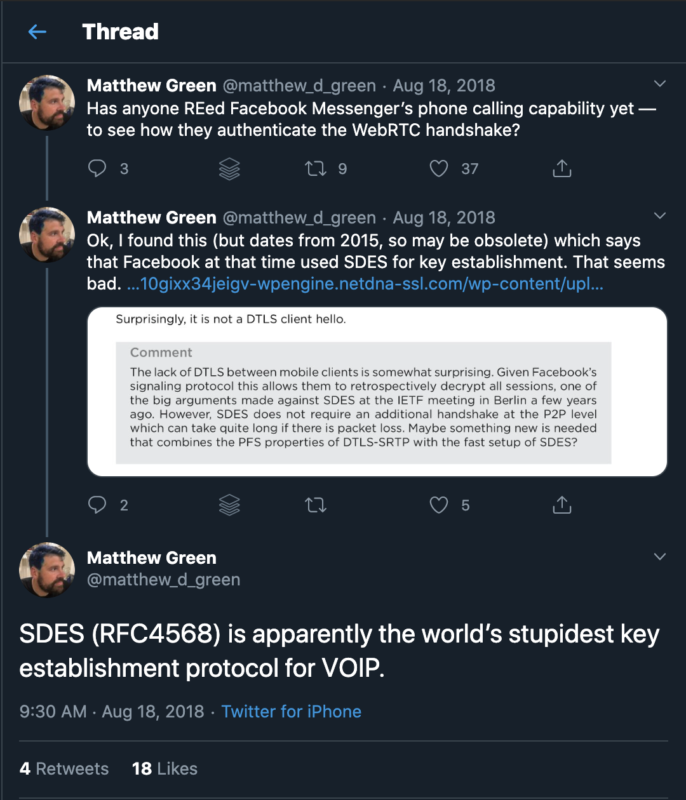Balázs Kreith of the open-source WebRTC monitoring project, ObserveRTC shows how to calculate WebRTC latency – aka Round Trip Time (RTT) – in p2p scenarios and end-to-end across one or more with SFUs. WebRTC’s getStats provides relatively easy access to RTT values, bu using those values in a real-world environment for accurate results is more difficult. He provides a step-by-step guide using some simple Docke examples that compute end-to-end RTT with a single SFU and in cascaded SFU environments.
Search Results for: gustavo
Meet vs. Duo – 2 faces of Google’s WebRTC
A very detailed look at the WebRTC implementations of Google Meet and Google Duo and how they compare using webrtc-internals and some reverse engineering.
FaceTime finally faces WebRTC – implementation deep dive
Deep dive analysis on how FaceTime for Web uses WebRTC. Philipp “Fippo” Hancke uses webrtc-internals, Wireshark, and reviews the JavaScript implementation to expose Apple’s implementation details.
WebRTC Today & Tomorrow: Interview with W3C WebRTC Chair Bernard Aboba
Interview with WebRTC standards co-chair and author, Bernard Aboba. We cover the current status of WebRTC and where it is headed including WebRTC-NV, Simulcast, SVC, AV1, WebTransport, WebCodecs, ML and more.
Does your video call have End-to-End Encryption? Probably not..
Time for another opinionated post. This time on… end-to-end encryption (e2ee). Zoom apparently claims it supports e2ee while it can not satisfy that promise. Is WebRTC any better? Zoom does not have End to End Encryption Let’s get to the bottom of things fast: Boo Zoom! I reviewed how Zoom’s implements their web client last […]






